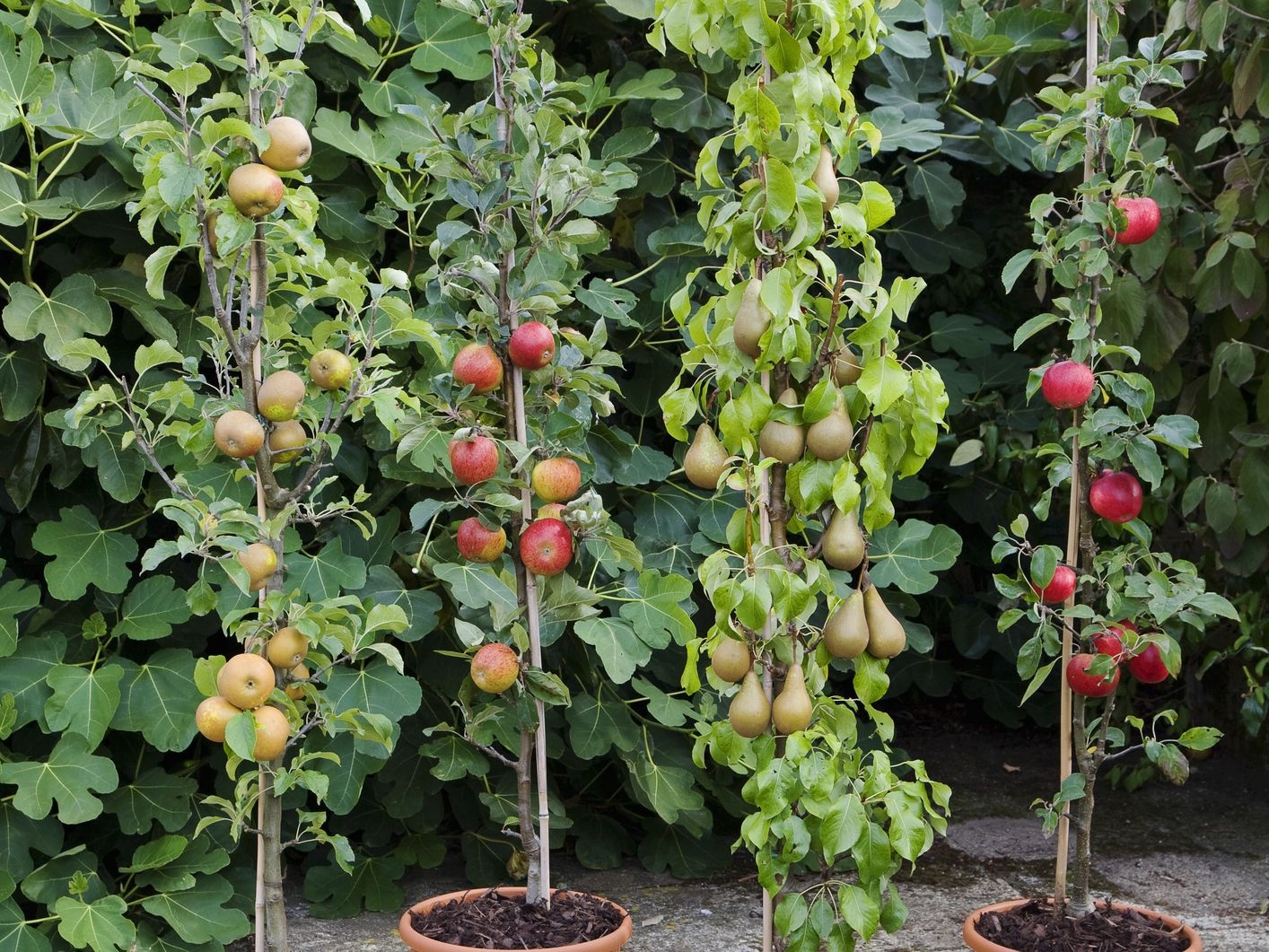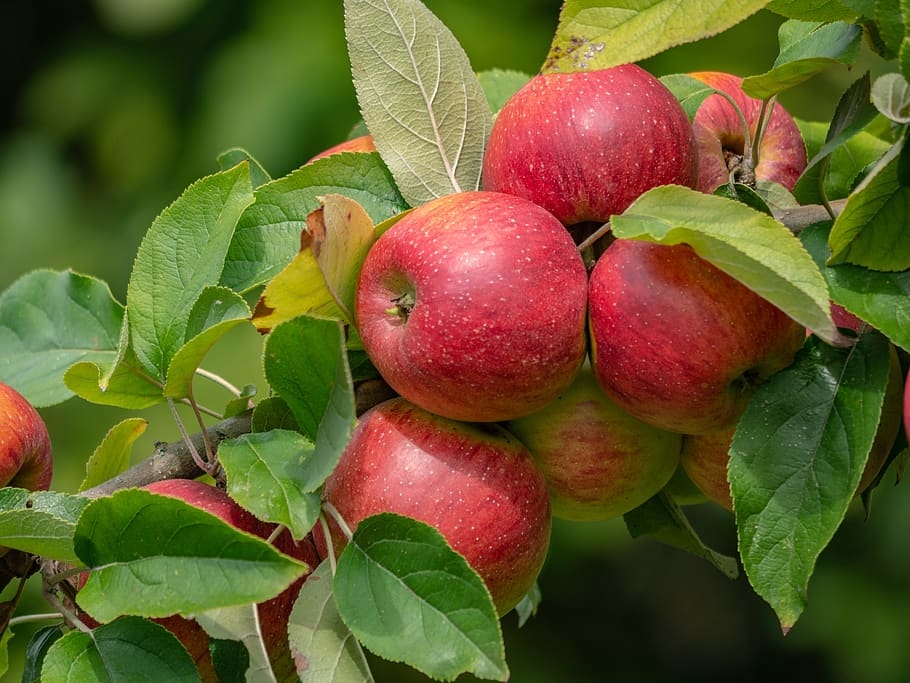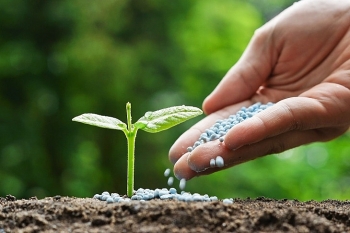Best Tips for Growing Fruit Trees At Home
| Table of Contents |
Here’s what every gardener needs to know before taking on the task of planting and caring for your own fruit trees. And check the best tips for mulching your trees.
How to Grow Fruit Trees At Home
Tally Up Your Space
 |
| Photo: The Spruce |
You must first determine how much space you have. Choose traditional orchard trees like apples, pears, and peaches if your yard is large (aim to plant these at least 8 feet apart).
If you don't have a large yard, consider dwarf trees, like the citrus trees in this photo, which can grow in pots and take up less space in your yard (or look into berry bushes to satisfy your craving for homegrown fruit).
Pollination
You should plant your garden while keeping in mind the need to attract as many birds, bees, and other pollinators as possible for success, unless you are growing fruit trees solely for their attractive flowers.
You could pick a few self-fertile fruit trees, but that will severely restrict your options. Peach, citrus, and nectarine trees are examples of self-pollinating fruit trees. Apple, pear, and plum trees require a partner or two in order to bear fruit.
Planting time for fruit trees
Regardless of the type of fruit tree you intend to grow, timing your planting is crucial. Certain fruit trees run the risk of being killed by a frost if they are planted too close to the winter season before they have a chance to take root.
You run the risk of the developing roots of some fruit trees not being able to absorb enough water, which is essential to their growth and development, if you plant them too close to the summer.
Mulch & fertilize – carefully
Your fruit trees will remain healthy and productive if you prune, mulch, and feed them. After planting, and then each spring and fall after that, mulch your trees, being careful to leave space around the base of the trunk. (A tree's base may rot if mulch is piled high around it). Throughout the growing season, feed your trees with a high-quality fertilizer to promote strong roots, a lush canopy, and a bountiful harvest.
Prune correctly
 |
| Photo: Storey Publishing |
For a fruit tree to be productive and happy, proper pruning is essential. By pruning your trees, you can improve the light that reaches the leaves, keep untidy growth to a minimum, and encourage them to produce larger, juicier fruit. Cut off any dead wood and separate any overlapping branches. Read up on when and how to prune your tree for the best results because every species of tree is different.
Give young trees extra TLC
The most crucial period of a tree's life begins on the day it is brought home and planted in your garden, and it is crucial to give it the right care until it is fully established. Dinslage stressed the significance of starting out right. "The care you give your tree during its first few years will affect its shape, strength, yield, and even lifespan." Keep your tree well-watered and provide extra protection from pests and bad weather to give it the best possible start.
Additional Care for Each Type of Fruit Tree
Each type of fruit tree has specific requirements for care and instructions. Throughout the course of its life, your tree will require care from you in the form of watering, fertilizing, trimming, and pruning as well as protection from pests and disease and other maintenance chores.
Keep a close eye on the particular requirements of each kind of tree (or plant) you choose to grow. Give your garden's trees lots of love, and you'll receive lots of love in return in the form of a harvest of delectable fruit that will fill your fridge and fruit bowl all year.
Apples
 |
| Photo: Longan Tree Experts |
Perhaps the best fruit available to northern climates is crisp, juicy apples: Consider apple trees your reward for rainy and snowy winters because the plants require a dormant season to flourish. Apples will grow from seed as Mother Nature intended, but there is no surefire way to predict which variety you will get once cross-pollination has taken place. You must purchase a starter plant that has been grafted or budded from an established variety if you want to grow a specific variety.
Pears
Juicy, fleshy pears share many characteristics with apples, such as a core of tiny seeds and a four-year waiting period before new trees bear fruit, so if your climate is suitable for growing apples, pears should do well as well. A 25-year-old pear tree may produce up to 2,250 pounds of fruit per year, according to How Stuff Works, so you should be prepared with a tasty recipe.
Oranges
When you plant orange trees, one of the most attractive fruit trees you can grow, sweet orange sunbursts explode in your yard against glossy dark green foliage. Oranges love warm climates with lots of sunlight exposure and no frosts, just like all the other popular citrus fruits.
If you have the space to move the citrus trees indoors or to a greenhouse during the winter so they won't have to deal with the frost outside, citrus trees can be grown in a slightly cooler climate. Making the switch isn't too difficult for gardeners who adore orange trees given the stunning color contrast they offer and their capacity to bloom all year long.
Cherries
 |
| Photo: The Home Depot |
Even unpollinated cherry trees produce some of the most lovely spring blooms, but if you want to harvest your own sweet red cherries, you'll need to plant two varieties close to one another. Since sour cherries can self-pollinate, pie makers are in luck.
The USDA's zones 5-8 (imagine a band starting in Washington state, curving across the country through Iowa, and rising up into Pennsylvania while encompassing the Southern states) are ideal for growing cherries, but you'll need plenty of sunshine and soil that drains well.
Plums
When it comes to versatility, plums are right up there with apples. These trees are surprisingly hardy for a fruit tree. They don't grow as quickly as peaches, are less susceptible to diseases, and require less water than many other fruit trees.
For USDA zones 4 through 9, pick a Japanese plum, like the well-known Santa Rosa; for zones 3 through 9, pick a European plum, like Stanley, particularly if you live in a region with late and rainy springs; or for the coldest climates, pick a hardy hybrid. Japanese plums might also require the pollination of a second tree.
Plums may be fairly simple, but they still require attention. This entails dealing with crop theft by birds as well as fertilizing and pruning. Additionally, it may take them up to five years to begin bearing fruit.
Conclusion
There are a few other considerations to keep in mind when planting a tree of any kind: If you want to know when is the best time to plant these things where you live (not too close to winter, or some plants won't be able to soak up enough water), consult your local nursery.
Keep in mind that if you don't fertilize, water, and pest-proof your plants, you probably won't get fruit of supermarket quality. But in the end, your efforts will be rewarded with a bounty of fresh, homegrown fruit.
 Useful tips to fertilize vegetables and flowers at home Useful tips to fertilize vegetables and flowers at home It's important to know when to fertilize your flowers and vegetables in order to have a beautiful garden. Don't worry, Knowinsider has already prepared useful ... |
 9 useful tips to manage time effectively for working mothers 9 useful tips to manage time effectively for working mothers To say that everyone is busy these days is an understatement — but if you’re a working mom, things get even much harder. But don't ... |
 7 useful tips to maintain a loving relationship 7 useful tips to maintain a loving relationship Everyone wants a life-long relationship with the one they fall in love with, but how? There are little secrets of maintainning a loving relationship that ... |























